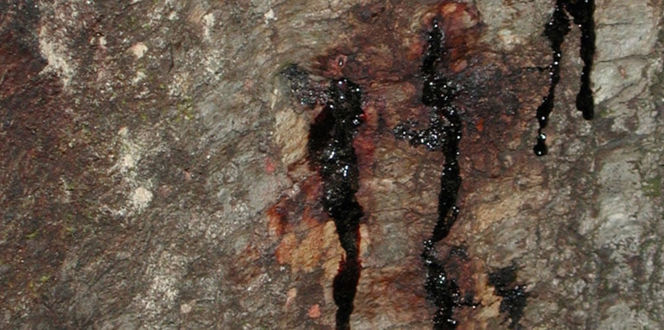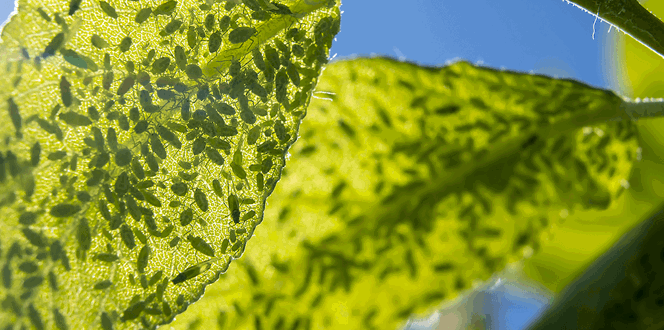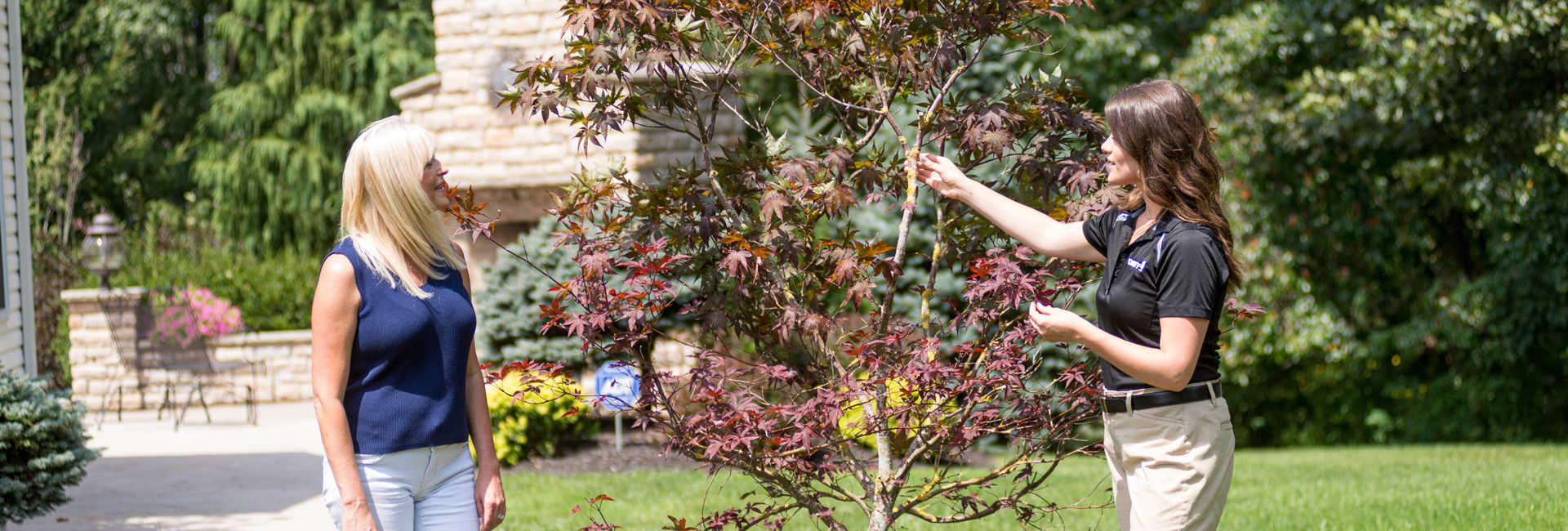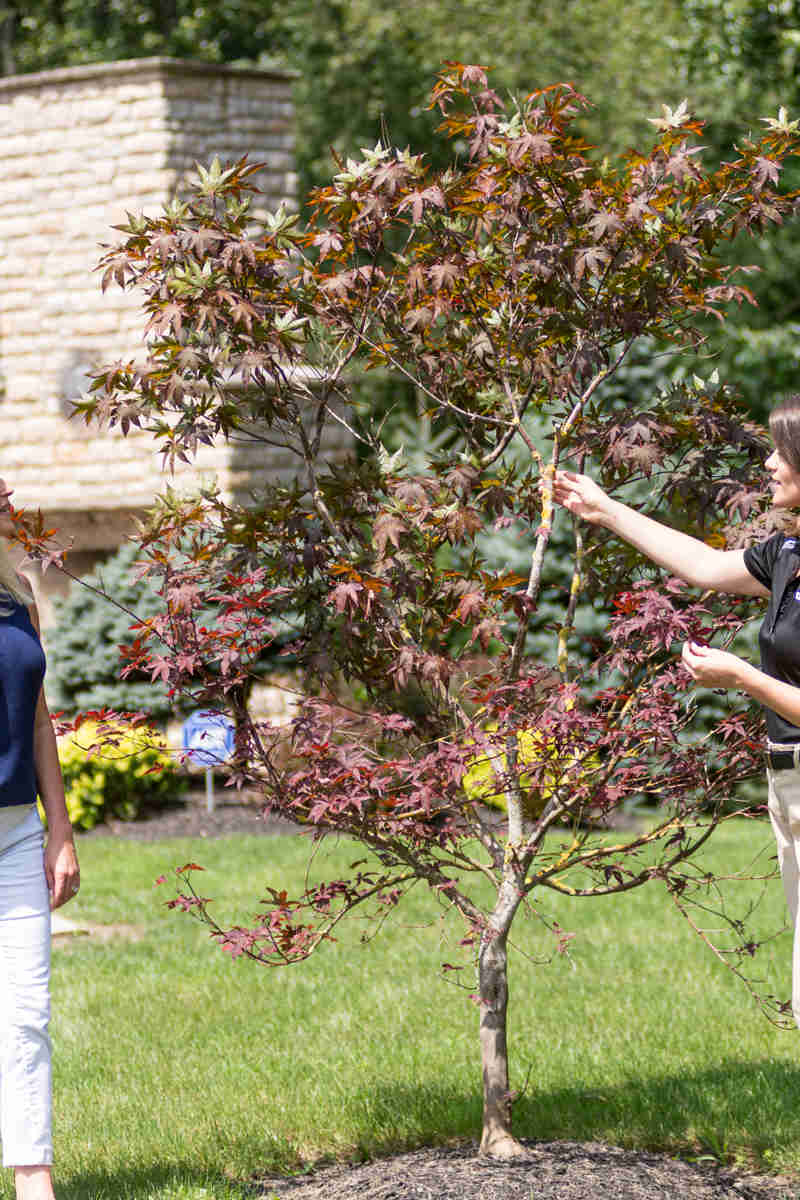Armillaria Root Rot Description:
Armillaria root rot, also known as ‘honey fungus’ or ‘shoestring root rot’, is a group of decay fungi comprised of at least 11 species. It affects both landscape and natural habitat plants throughout the United States.
Hosts:
This group of fungi has many hosts (deciduous and evergreen) including some non-woody plants.
Biology & Symptoms:
The fungus thrives on both living and dead woody material. It invades and decays tree roots and root collars via rhizomorphs or spores. Because armillaria root rot begins underground, some signs can be hard to detect.
Signs found under the tree bark include: white mycelial fans and black-brown and shoestring-like strands called rhizomorphs. In the fall, look for tan colored, gilled mushrooms on tree roots or at the base of the tree.
Symptoms caused by armillaria are stunted growth, undersized foliage, premature needle or leaf drop, branch dieback (especially in the upper crown), and sometimes, a bark-saturating, heavy resin flow.
Armillaria Root Rot Control & Management:
Armillaria root rot will usually only infect and decay a host that is already stressed from other factors. Therefore, keeping your trees healthy, to begin with, is the best way to avoid this disease. Since this fungus does not survive high temperatures, move soil away from the trunk base and root collar during hot, dry summer months. For severely affected trees, tree removal may be the only viable option. Remove as much of the root system as possible. If possible, remove soil two feet down and several feet in diameter, replacing it with similar-textured soil. Replant with resistant species, such as crabapple, English holly, leyland cypress, madrone, Oregon grape, Scotch pine, smoke tree, or white fir.





